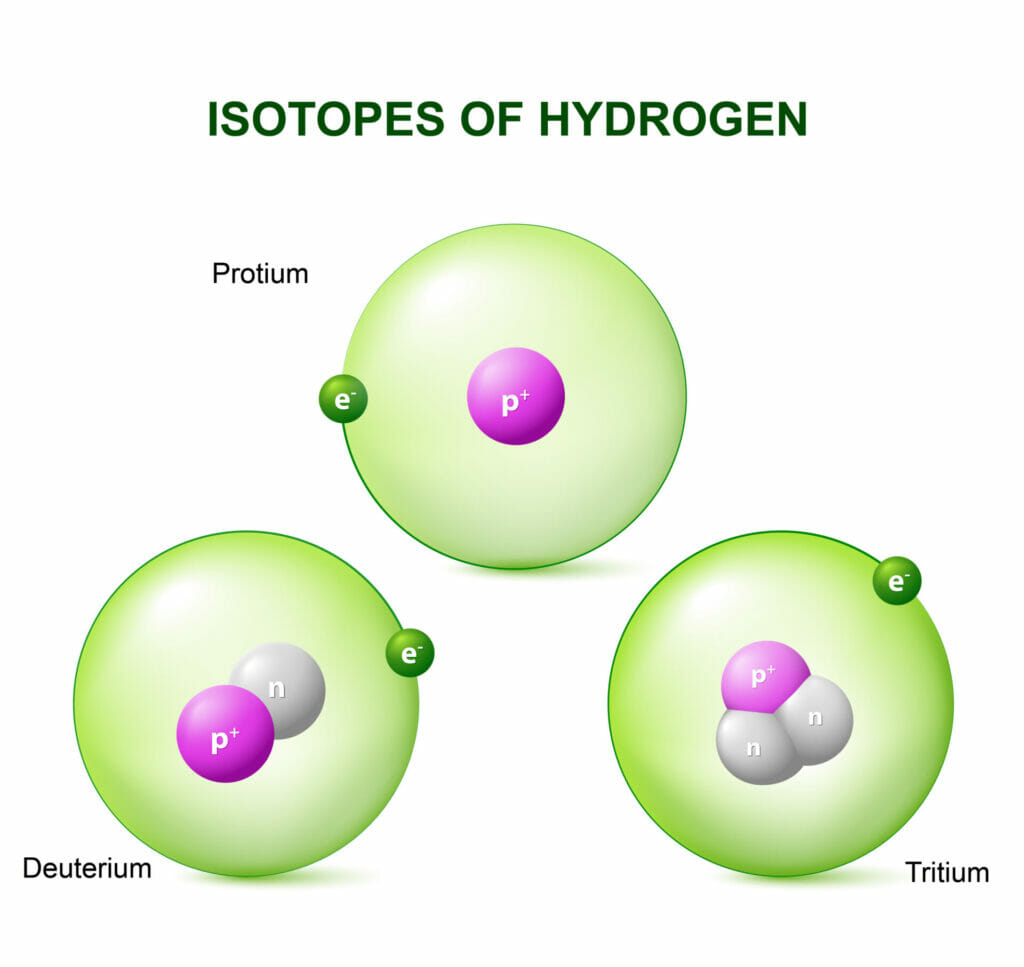Z-pinch devices are closely related to plasma focus devices in that they also use the currents through the plasma itself, not external magnets, to produce the strong magnetic forces that confine hot plasma. In a z-pinch, however, the current flows between two electrodes in a line, rather than the plasma focus’s concentric electrodes. At the Prague conference, Russian and Eastern European physicists announced new experiments with the powerful GIT-12 z-pinch. They used a configuration in which the plasma was arranged in two concentric rings, puffed into the gap between the electrodes right before the discharge. Nearly 6 J of fusion energy (producing 6×1012 neutrons) were released with a 3 MA current and 3 MJ of input energy to the device. Since only 500 kJ of energy was released from the capacitor bank prior to the pinch, the ratio of 1.2 J of fusion per 100 kJ of input rivaled or slightly surpassed the best results obtained in either plasma focus devices or tokamaks, both of which are close to 1 J per 100 KJ input.
In addition, compared with similar results with the smaller Angara z-pinch, the researchers claimed scaling of fusion yield with current of 14.5, comparable with scaling laws obtained with smaller plasma focus devices, but not yet matched with larger ones. This indicates that there is no unavoidable limit to fast scaling in mega-ampere pinch devices. Indeed, while more analysis is required, these new higher yields may in part be due to the lack of impurities in the pinch plasma, as LPPFusion researchers have hypothesized will occur in the plasma focus.
Images of the pinching plasmas, (fig.2 of this reference) show clear evidence of the formation of plasmoid (bright blob moving upward in the images) showing the z-pinch’s close comparability to plasma focus performance. Earlier reports of these experiments, published in 2015, emphasized clear evidence that the deuterons producing the neutrons were trapped, not just passing through.
GIT-12 produces extremely high energy ion beams, up to 20-30 Mev. These impressive beams are not necessarily desirable however, as they also produce high energy neutrons which create radioactive materials in the device walls. No such activation has been observed in FF-1’s operation.
In the GIT-12 experiments the electrodes were steel mesh and were destroyed after each shot, so the present configuration is not suitable for high-repetition-rate applications such as fusion. One disadvantage of the z-pinch compared with the similar plasma focus device is that the intense axial current is highly concentrated on the z-pinch electrodes, while it spreads out on the plasma focus electrodes. This makes the design of long-lasting electrodes more difficult for the z-pinch.
This news piece is part of the June, 2016 report. To download the report click here.

